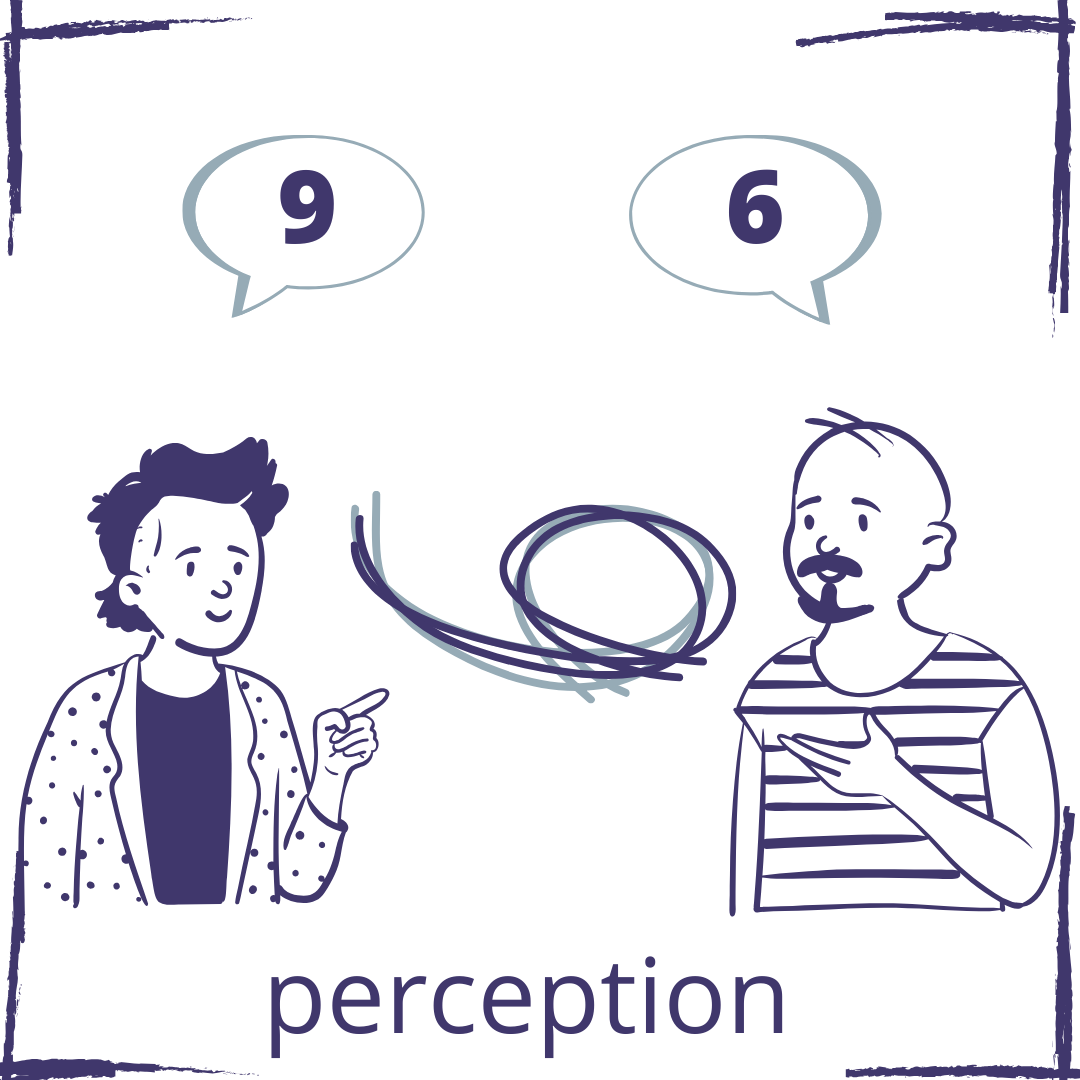Scale
“A sense of scale is created by the juxtaposition of objects and subjects within the frame that establishes a size relationship based upon that juxtaposition. That sense of scale can be based upon distance, on the “true” relative sizes of the elements, or on the use of optics that exaggerate the relative sizes through near-to-far relationships that are established with the clever use of depth of field.”-Shutterbug.com
Scale has many meanings. So… what does scale mean in terms of STEM education?
- Scale (descriptive set theory), an object defined on a set of points
- Scale (ratio), the ratio of a linear dimension of a model to the corresponding dimension of the original
- Scale factor, a number which scales, or multiplies, some quantity
- Long and short scales, how powers of ten are named and grouped in large numbers
- Scale parameter, a description of the spread or dispersion of a probability distribution
- Feature scaling, a method used to normalize the range of independent variables or features of data
Biology
- Scale (anatomy), a rigid plate which grows out of the skin of various animals
- Scale (dermatology), a secondary skin lesion in humans that resembles animal scales
- Scale (insect anatomy), a feature of the wings of moths and butterflies
- Scale, a type of trichome, any flat epidermal outgrowth in botany
- Bulb scale, the storage layers of a plant bulb
- Scale insect, a waxy coated animal that resembles a fish scale
Chemistry and materials science
- Fouling, sometimes called scale, a buildup of unwanted substances on a submerged surface
- Mill scale, the flaky surface on hot rolled steel, consisting of iron oxides
- Scale (chemistry), the range of mass or volume of a chemical reaction or process
Other sciences
- Scale (analytical tool), a concept in the study of complex systems and hierarchy theory
- Scale (social sciences), a tool for ordering entities by quantitative attributes
- Scale (music), a sequence of ordered musical notes
- Scale (string instruments), the sounding length of the strings of an instrument
- Musicians scale, the pay scale set by unions of musicians
- Scale (map), the ratio of the distance on a map to the corresponding actual distance
- Weighing scale, an instrument used to measure mass
- Scale (ratio), the ratio of the linear dimension of the model to the same dimension of the original
- Spatial scale, a classification of sizes
- Scale ruler a tool for measuring lengths and transferring measurements at a fixed ratio of length
In VR, controlling scale is easy – bring hands closer or farther apart to scale smaller or bigger.

Perception
“the organization, identification, and interpretation of sensory information in order to represent and understand the presented information or environment. All perception involves signals that go through the nervous system, which in turn result from physical or chemical stimulation of the sensory system.” –Wikipedia

Perspective
A particular way of considering or perceiving something: in art, math, relationships, etc. A “point of view”.
Multiple Definitions
NOUN
-
1The art of drawing solid objects on a two-dimensional surface so as to give the right impression of their height, width, depth, and position in relation to each other when viewed from a particular point.
as modifier ‘a perspective drawing’See also linear perspective and aerial perspective- 1.1 A picture drawn in perspective, especially one appearing to enlarge or extend the actual space, or to give the effect of distance.
‘a trick of perspective’
- 1.2 A view or prospect.
- 1.3 Geometry The relation of two figures in the same plane, such that pairs of corresponding points lie on concurrent lines, and corresponding lines meet in collinear points.
‘He then goes on to give theorems which relate to the perspective of plane figures.’
- 1.1 A picture drawn in perspective, especially one appearing to enlarge or extend the actual space, or to give the effect of distance.
-
2 A particular attitude toward or way of regarding something; a point of view.
‘most guidebook history is written from the editor’s perspective’- 2.1 True understanding of the relative importance of things; a sense of proportion.
‘we must keep a sense of perspective about what he’s done’
- 2.1 True understanding of the relative importance of things; a sense of proportion.
-
3 An apparent spatial distribution in perceived sound.
‘There is now a clearer definition and a back-to-front perspective to the sound.’
Phrases
in perspective
-
-
-
1 Showing the right relationship between visible objects.
‘Two sides of the shrine are visible, rendered in perspective as if the building were set in the distance.’- 1.1 Correctly regarded in terms of relative importance.
‘his son’s alleged actions should be put in perspective’
- 1.1 Correctly regarded in terms of relative importance.
-
-
put something into perspective
-
-
-
Correctly regard something in terms of relative importance.
‘these expenses may seem high, but they need to be put into perspective’
-
-
out of perspective
-
-
1 Showing the wrong relationship between visible objects.
- 1.1 Incorrectly regarded in terms of relative importance.
‘this discussion has gotten way out of perspective’
- 1.1 Incorrectly regarded in terms of relative importance.
-
Late Middle English (in the sense ‘optics’): from medieval Latin perspectiva (ars) ‘(science of) optics’, from perspect- ‘looked at closely’, from the verb perspicere, from per- ‘through’ + specere ‘to look’.
Source Lexico



